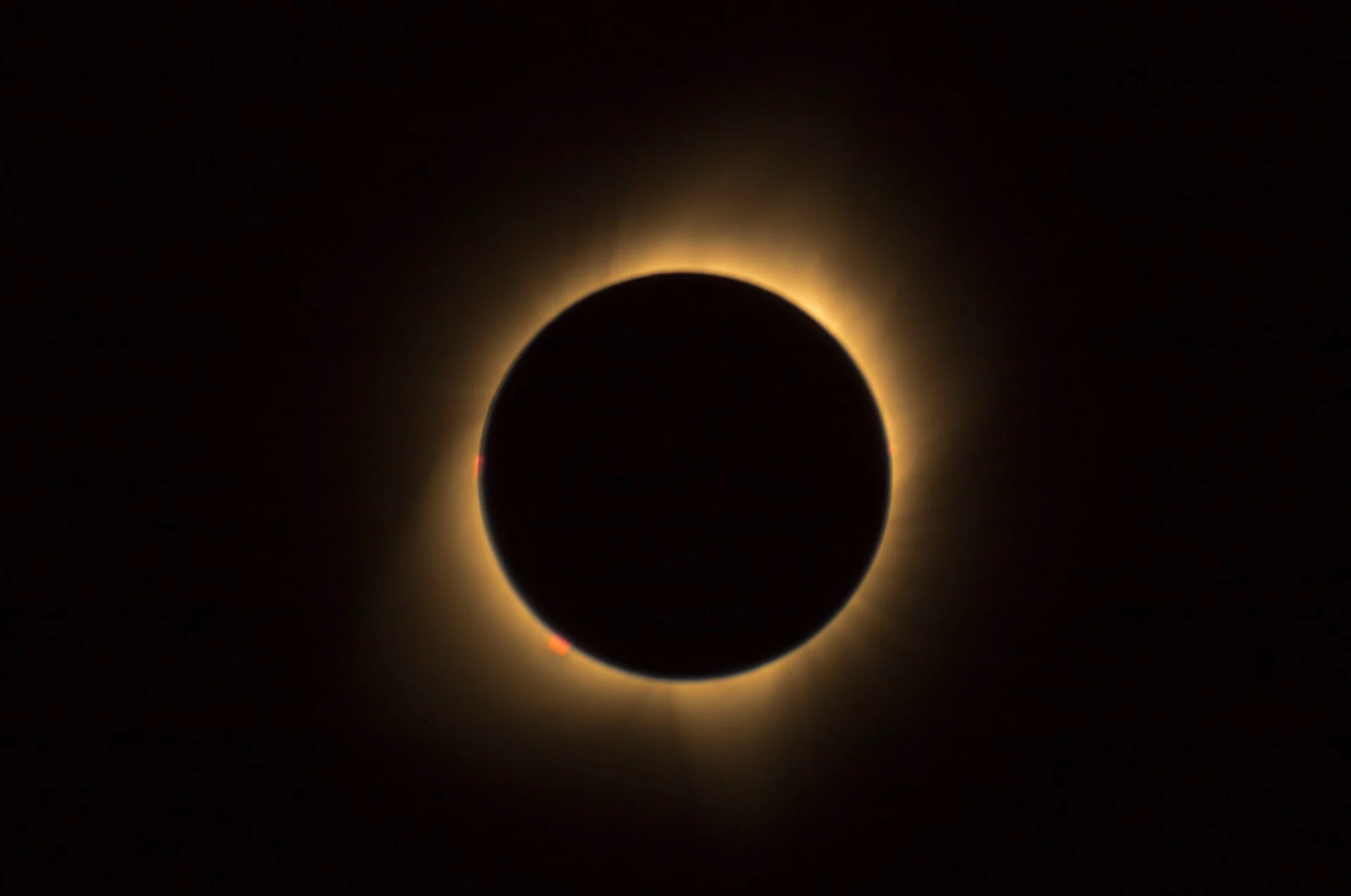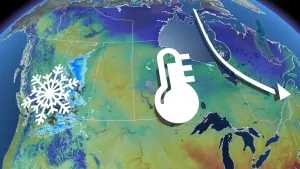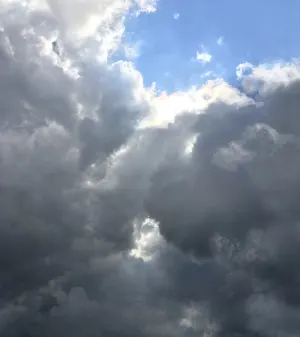
November 2, 1743 - Benjamin Franklin’s Eclipse Hurricane
This single storm sparked a flurry of observations that would lay the groundwork for major breakthroughs in science's understanding of hurricanes.
Subscribe: Apple Podcasts | Amazon Alexa | Google Assistant | Spotify | Google Podcasts | iHeartRadio | Overcast
The severe storm that struck what was then the American colonies on November 2nd, 1743, was a little unusual — it may have been a late-season hurricane, or a strong mid-latitude cyclone. But whatever its nature, that one storm played an outsized role in expanding the science of meteorology.
The storm is known as the "eclipse hurricane," striking on the night of a lunar eclipse. Its clouds thwarted famed savant and scientist Benjamin Franklin's eclipse observation efforts from Philadelphia, and he seemed to have comforted himself by focussing his talents on the hurricane instead.
At first he thought the storm had come from the northeast, and presumed his brother in Boston had been similarly robbed of the eclipse. But to his surprise, he found his brother had a clear view of the eclipse, and the storm only struck there several hours later.
Intrigued, Franklin concluded the storm moved in the opposite direction to finds from the surface. Without satellites or a nation-wide weather station network, it was hard for him to test that hypothesis, but he managed: When another hurricane travelled up with colonies' eastern seaboard in October 1749, he was able to trace his passage using newspaper accounts from the communities in its path.
With these observations, this "eclipse hurricane" led to scientists making an important breakthrough: Rather than being driven by surface winds, storms had wind circulations that were independent of the storm's actual motion and direction, a theory that would be refined in the following century.
"This Day In Weather History” is a daily podcast by The Weather Network that features unique and informative stories from host Chris Mei.










